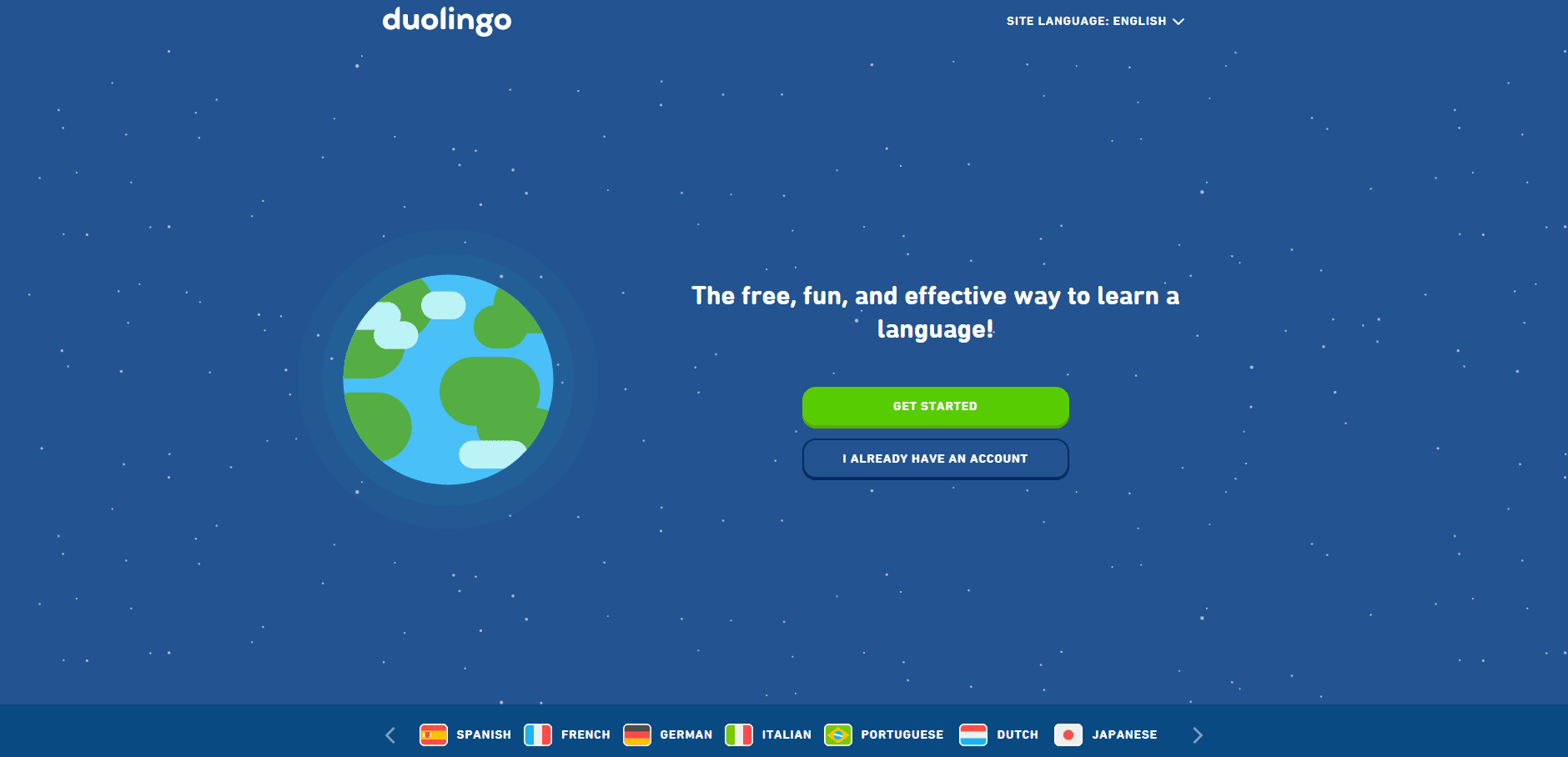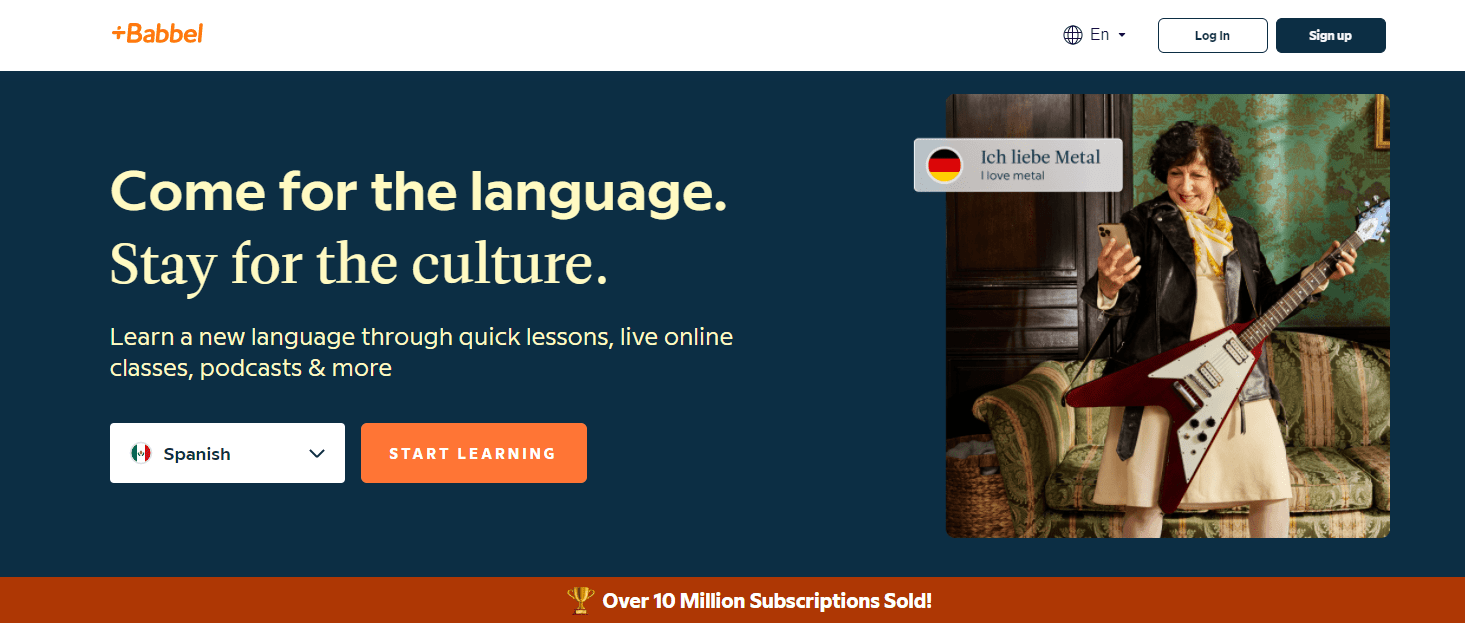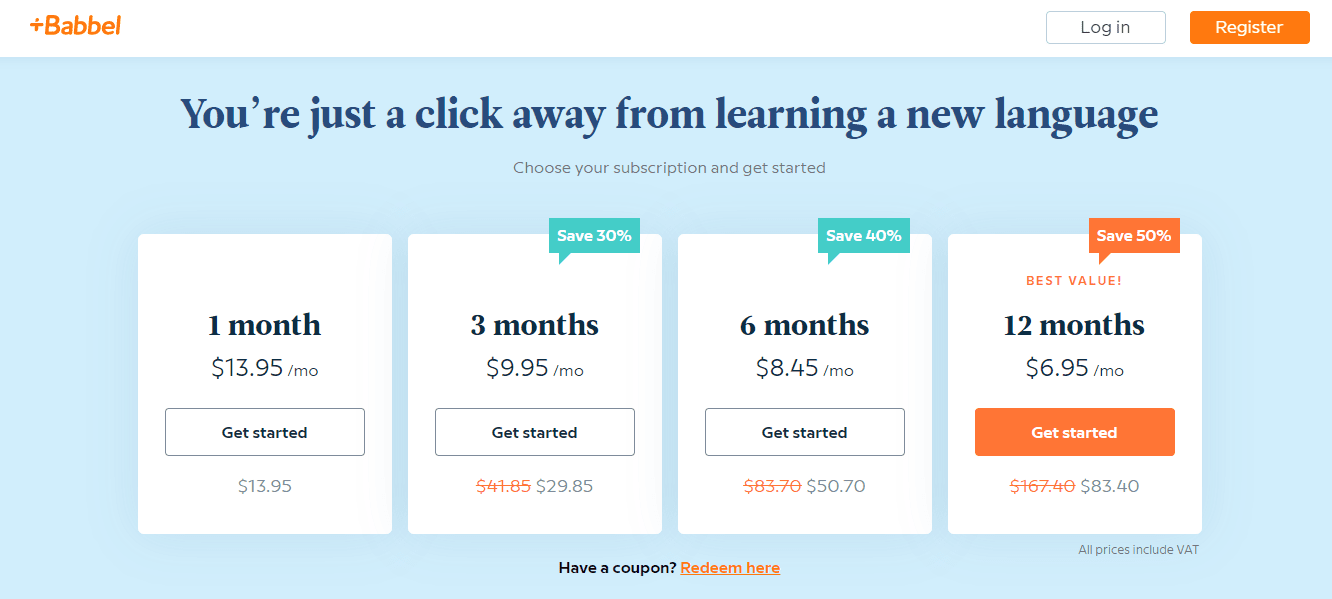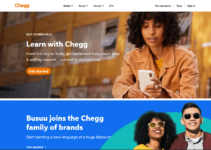There are two language learning platforms, Duolingo and Babbel, that are pretty similar. Babbel is $12.95 for 12 months, and Duolingo is free.
In a nutshell, they differ in.
- A casual learner might benefit from Duolingo if they want to try a few different languages, struggle to stay motivated, or are unwilling to spend money.
- Students serious about learning one language, who need clear explanations, and who want to learn content useful in real-life conversations will benefit from Babbel.
For most people, Babbel would be a better choice than Duolingo. You can, however, explore other language-learning apps besides these two.
It would be impossible to list our top recommendations since they differ so much by language. Links in the following table can help you decide which resources would be best for your project.
Babbel vs Duolingo: Overview
Below, we have briefly described Babbel and Duolingo to know about them from tip to toe. Let’s start!
What is Duolingo?
In addition to providing online language courses in over 35 foreign languages, Duolingo also offers Duolingo English assessment tests.
The company was founded in Pittsburgh, Pennsylvania, US, in 2012 by Luis von Ahn and Severin Hacker. The company offers the English Proficiency Test, an affordable and easily accessible test accepted by over 3,000 academic institutions worldwide.
Users can use Duolingo to learn new languages and improve their proficiency in different languages at no cost. With the app, users learn the language through game-style techniques that keep them engaged and track their progress.
Apps like this are motivators, especially for beginners and younger audiences learning a foreign language for the first time. Currently, English-speaking users on the platform can access 37 different foreign languages.
Those languages:
- Spanish, Turkish, French, German, Japanese, Dutch, Hindi, Italian, Korean, Chinese, Russian, Arabic, Portuguese, Latin, Hungarian, Swedish, Finnish, Irish, Greek, Norwegian, Polish, Hebrew, Hawaiian, Vietnamese, Danish, Indonesian, Welsh, Scottish Gaelic, Czech, Romanian, Swahili, Ukrainian, Navajo, Esperanto, and Yiddish
- Klingon and High Valyrian are also fictional languages.
According to Duolingo’s data analysis, the most popular language among their users is English, followed by French and Spanish.
Advantages of Duolingo
- There are 35 foreign languages available at no cost
- Multiple languages can be learned simultaneously by users
- These courses provide an introduction to the languages and are great for learning basic vocabulary, sentence structure, and common phrases.
- Each lesson is between 5 and 20 minutes long, with a quiz at the end.
Disadvantages of Duolingo
- This app can get repetitive and monotonous because of its robotic voice and lessons.
- There are no real incentives and a high risk of losing interest.
- There is no explanation for why an answer is correct or incorrect.
- This course is not intended for those who wish to become fluent in multiple languages.
- Constant notifications and alerts can be annoying.
What is Babbel?
2007, Markus Witte and Thomas Holl founded Babbel, a German-based language-learning app. Kabbel’s services are tailored toward a specific audience; they offer beginner, intermediate, and grammar courses in different languages while keeping the user’s native language and proficiency level in mind.
In addition, it offers the opportunity to interact with certified language experts through Babbel Live interactive tutoring sessions.
Sabbel is a subscription-based learning platform that offers language courses for a fee. By subscribing to the course, two important things are ensured: One, it ensures that the courses are of good quality, and two, it shows the learner is serious and committed.
Prices are reasonable and affordable, way less than institutionalized language courses. Language-based learning apps can be accessed from a laptop and a smartphone.
There are 14 languages to choose from.
The languages are:
- Spanish
- French
- German
- Portuguese
- Italian
- Dutch
- Polish
- Russian
- Danish
- Turkish
- Indonesian
- Norwegian
- Swedish
- English
Pros of Babbel
- Each individual’s needs and goals are taken into account when curating courses.
- You can practice speaking by using real voices to hear and understand an accent, enunciation, and the right pronunciation of the words.
- Rather than focusing on grammar and vocabulary, the app emphasizes real-life conversations and encourages users to learn through using the language instead.
- For anyone looking to brush up their language skills at a reasonable price, it is a great app for beginners and intermediate learners.
Cons of Babbel
- On the platform, language courses are paid for by users.
- Compared to its competitors, Babbel offers fewer languages.
- Advanced learners should not take these courses.
- The multiple-choice questions, the quiz structure, and the recall component limit independent thinking.
Babbel vs Duolingo: How much do they cost?
Let’s compare pricing before making a final judgment. Each company offers a variety of subscription packages. The Babbel website offers four different plans totaling four different languages (out of 15 to choose from).
We offer monthly plans, which cost $14 per month; three-month plans, which cost $10 each month; six-month plans, which cost around $8.50 per month; and 12 months, which offer the best value at around $7 per month.
There is a free version of Duolingo (which I discussed above) and a paid subscription plan called Duolingo Plus. The Plus plan costs $7 monthly or $84 per year.
In addition to removing those annoying ads, Duolingo includes unlimited hearts, unlimited test-out attempts, and personalized lessons to help you review your mistakes, among other things.
Therefore, both companies charge about the same for their paid plans. An annual subscription will cost you around $7. Honestly, I’m not sure who wins here.
Babbel and Duolingo have lower prices than competitors like Rosetta Stone and Pimsleur. Moreover, both companies offer consumers the option of testing their programs before committing.
In Babbel, you have a 20-day money-back guarantee if you’re unsatisfied; in Duolingo, the Plus subscription comes with a 14-day free trial.
FAQ on Babbel vs Duolingo
👉 Is Babbel better than Duolingo?
Babbel has several advantages over Duolingo that we have thoroughly tested and compared. Our reviewers rated Babbel as the superior app over Duolingo based on its curriculum, teaching style, and delivery.
🤟 What's the difference between Babbel and Duolingo?
Babbel and Duolingo differ primarily because Babbel focuses on a more robust and traditional way of teaching a foreign language. In contrast, Duolingo is focused on gamifying your learning and offering a modern experience.
🤚 Is Babbel or Duolingo better?
In my experience with both programs, Babbel is more effective, engaging, and offers more guidance than Duolingo. The only thing I like about Duolingo is that it's free. However, Babbel is your best bet for overall language learning.
Quick Links :
Final Verdict: Babbel vs Duolingo 2024
Do you prefer Babbel or Duolingo? Based on my tests, Babbel gets the nod. Although the two companies are similar in many aspects, I find Babbel’s language learning program to be better overall.
Although I like Duolingo’s free version and how it tries to gamify learning, I think Babbel would be the better option for serious language learners. When it comes to using natural sentences and correct translations, Babbel is more consistent and accurate.
Additionally, Babbel gives you a better opportunity to improve your conversational skills, which are crucial to learning a language. They also have better-organized live classes.
All in all, Babbel is the best language-learning software from top to bottom.






